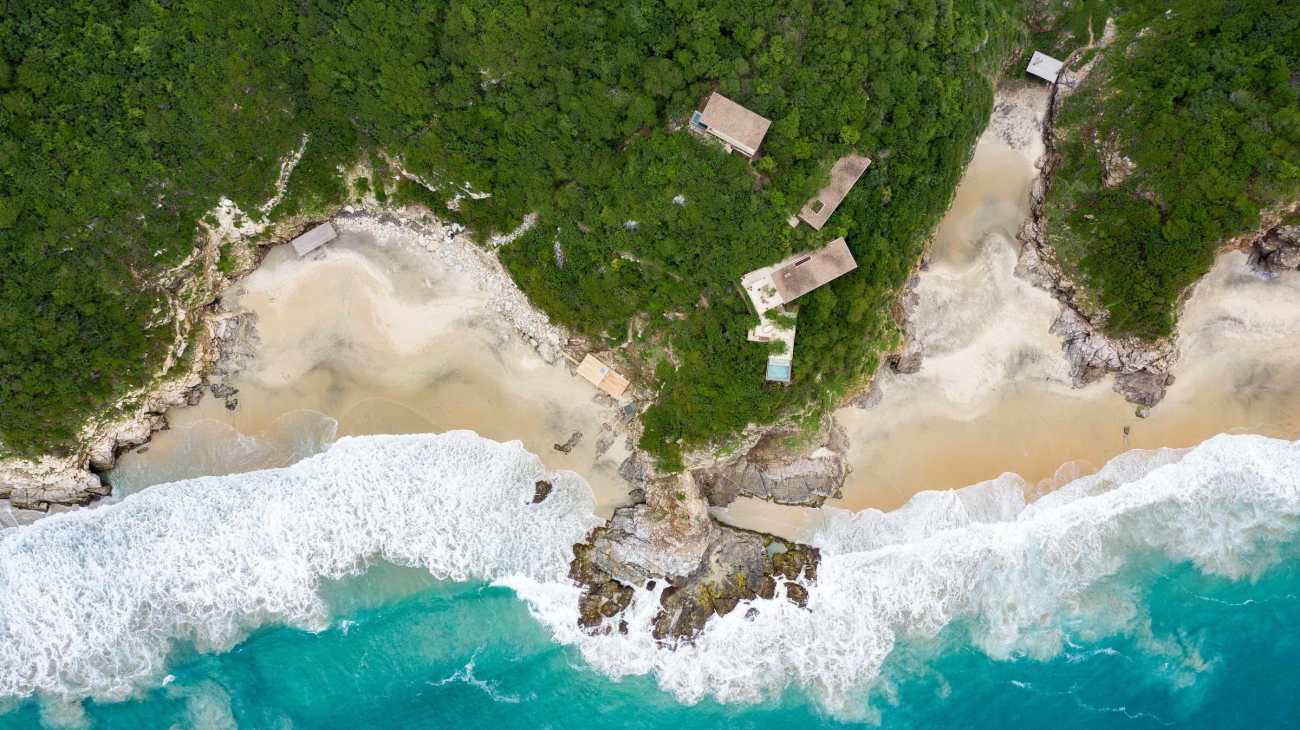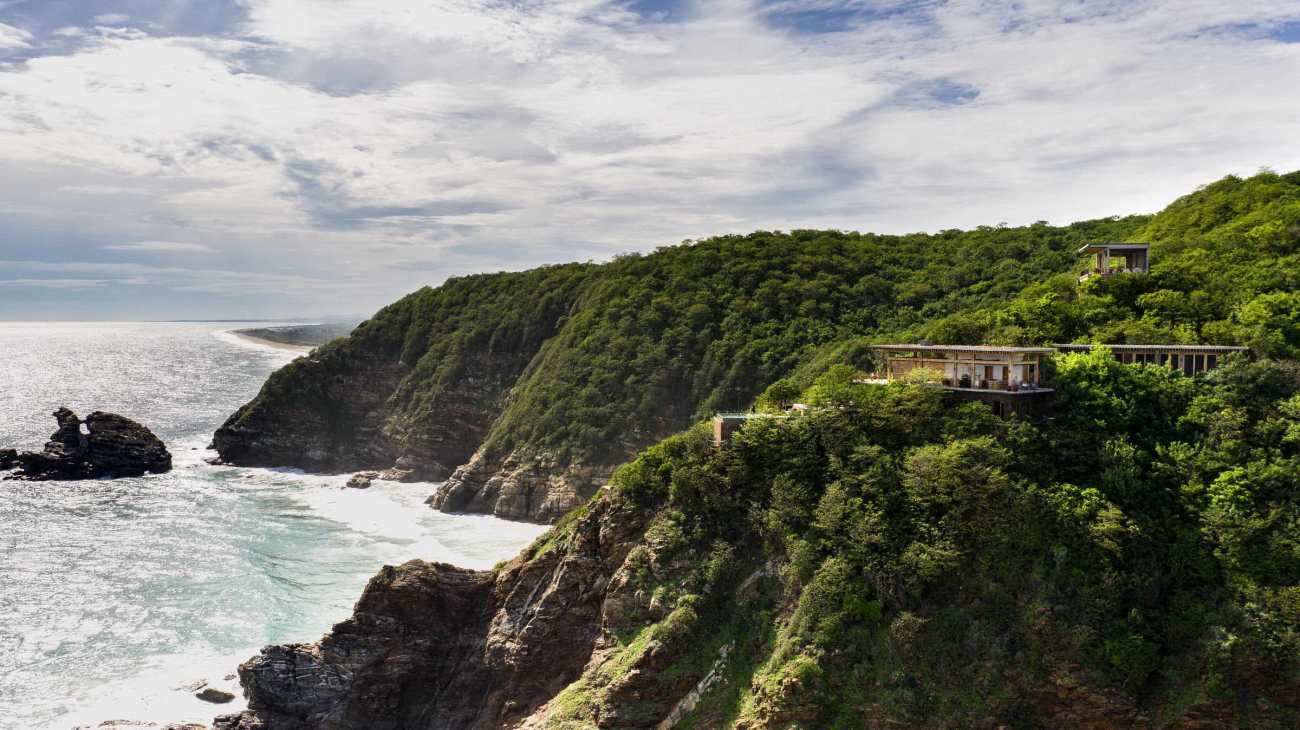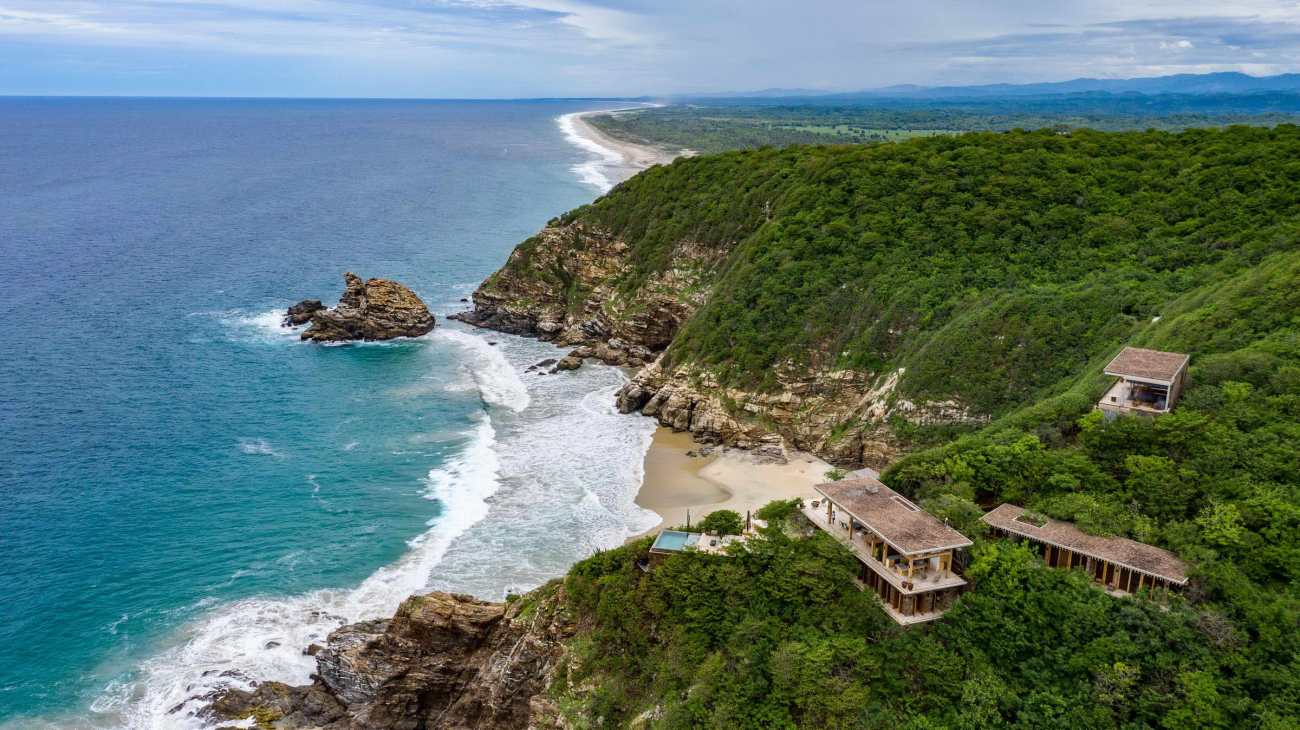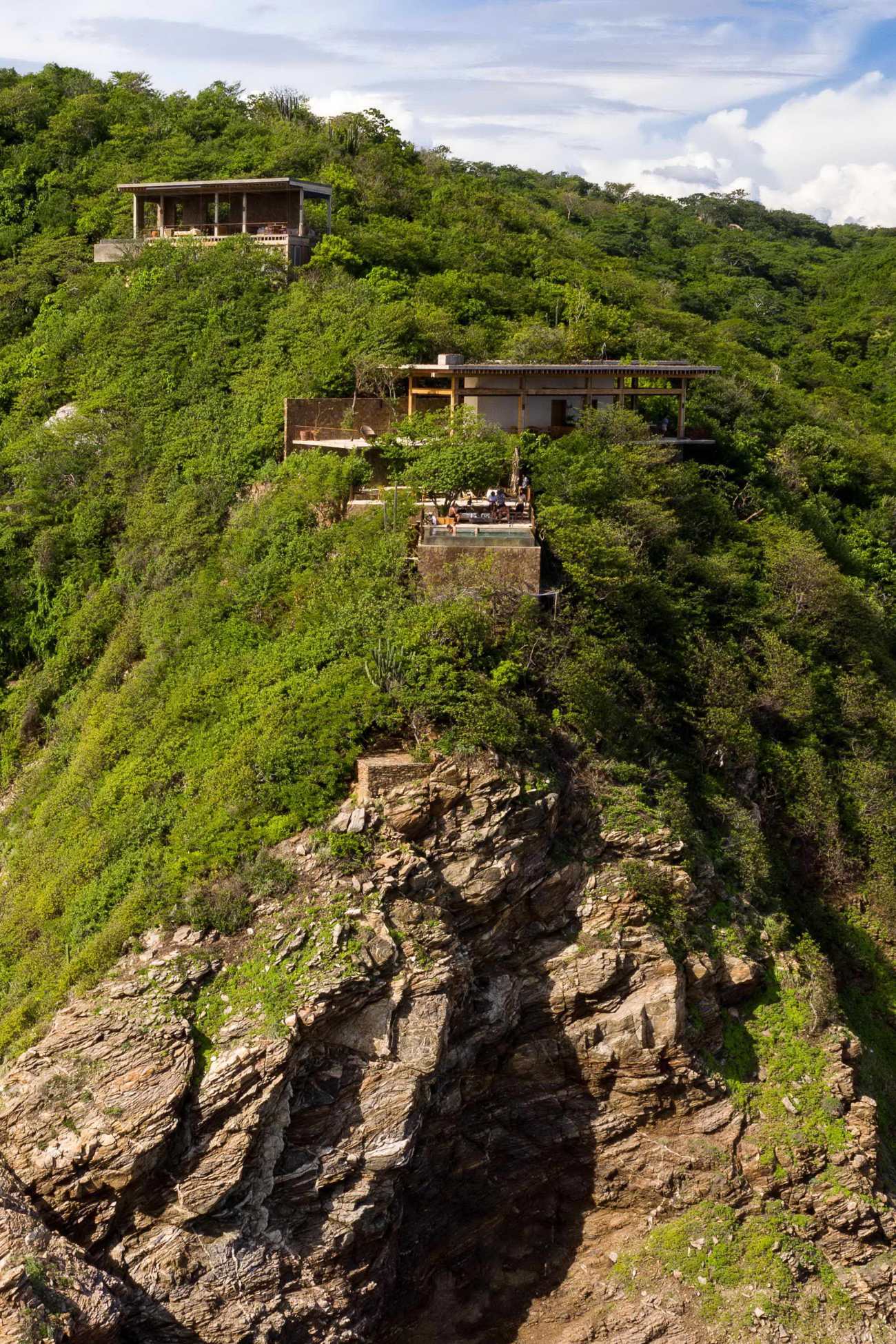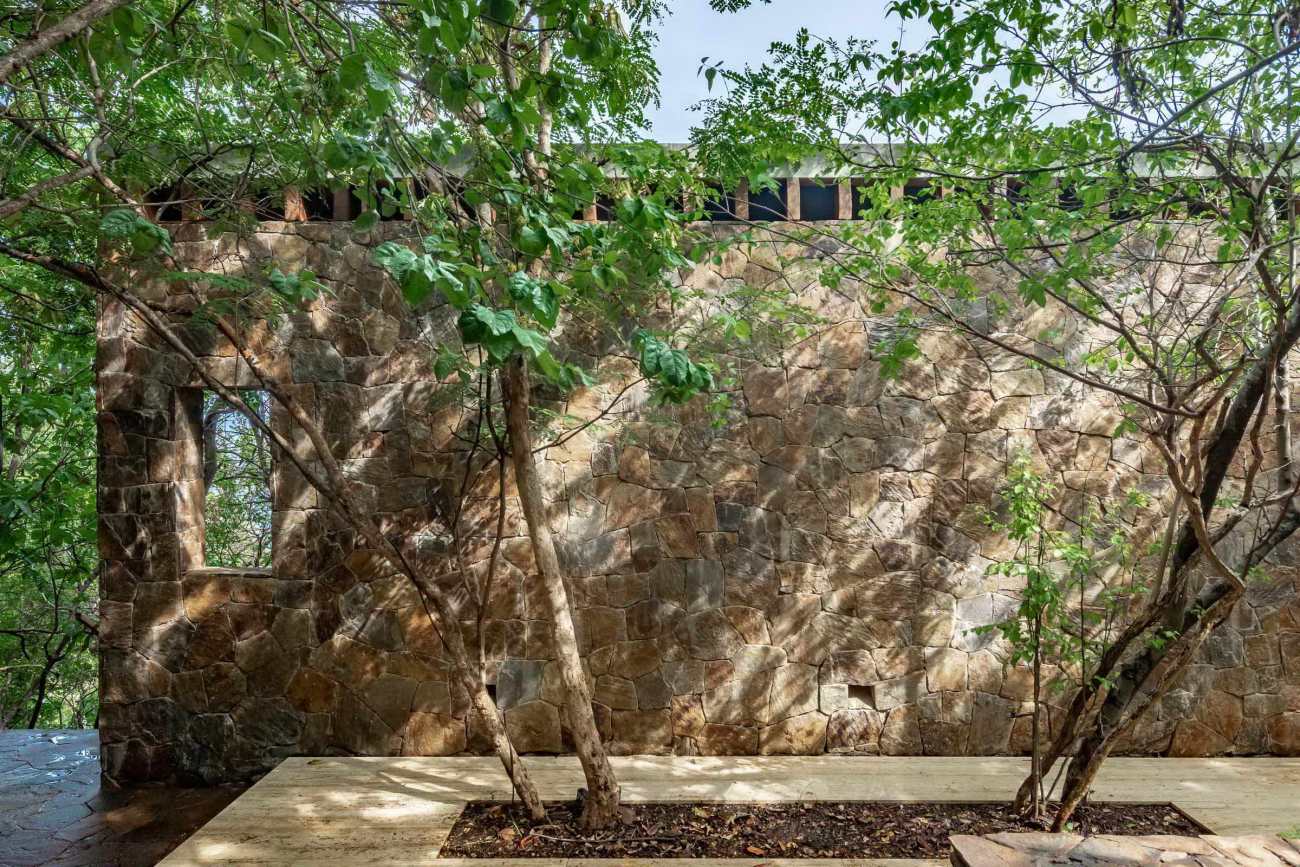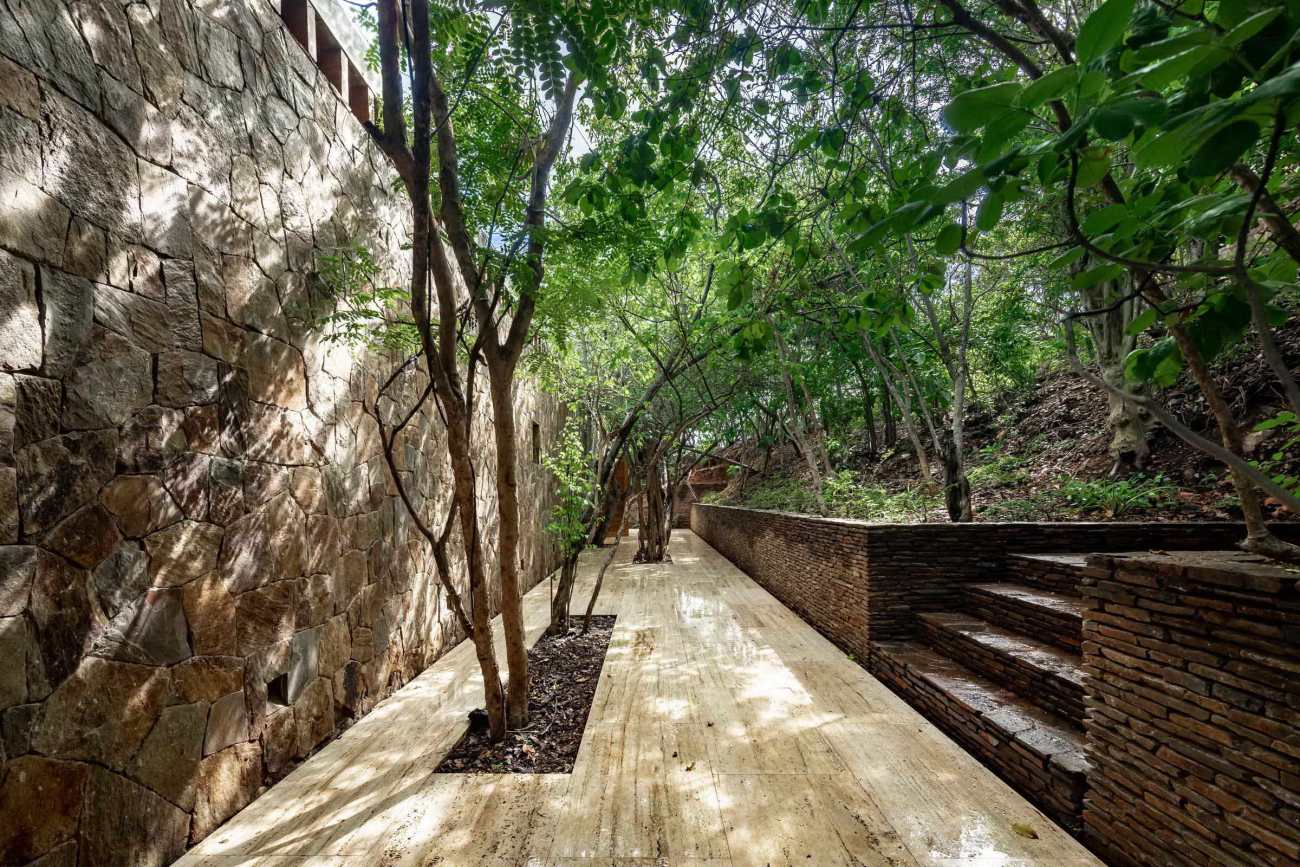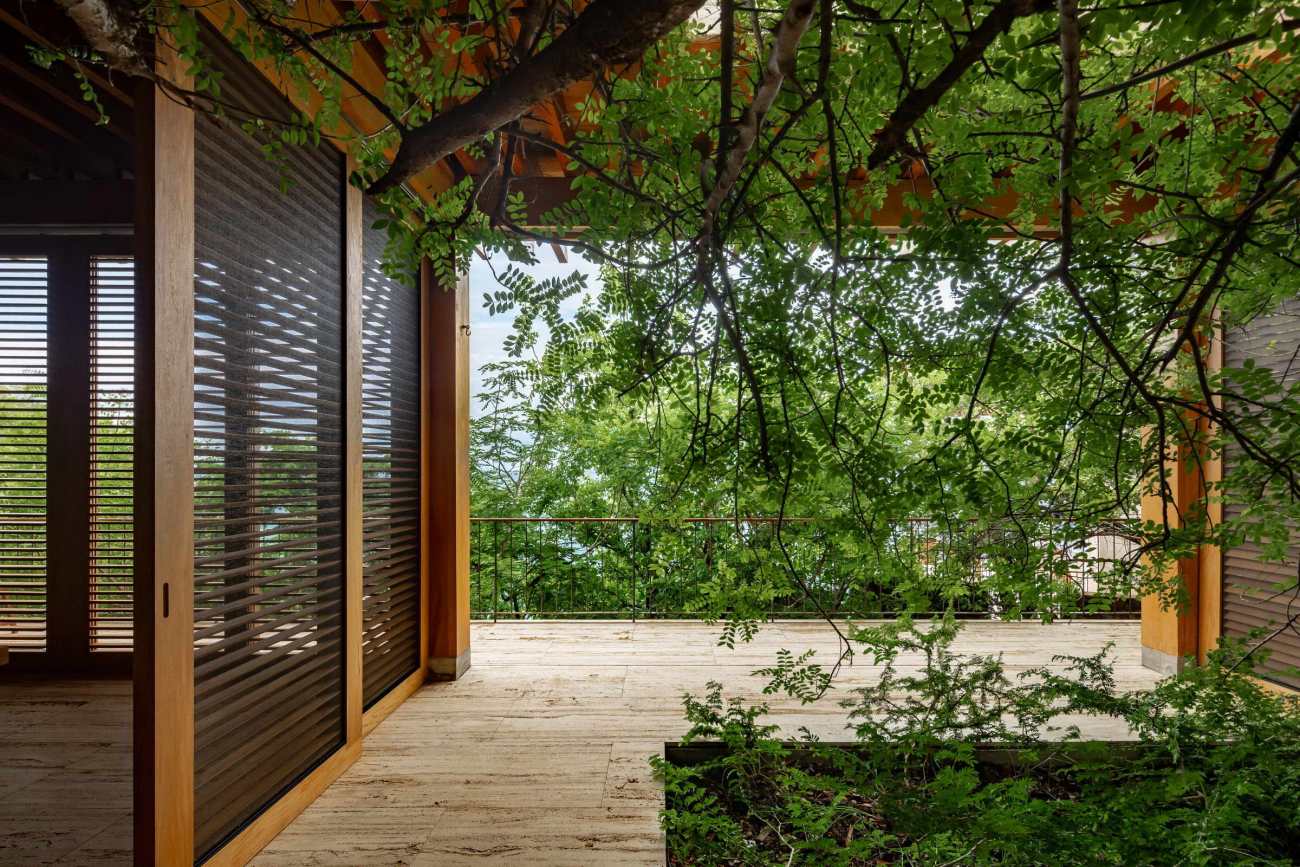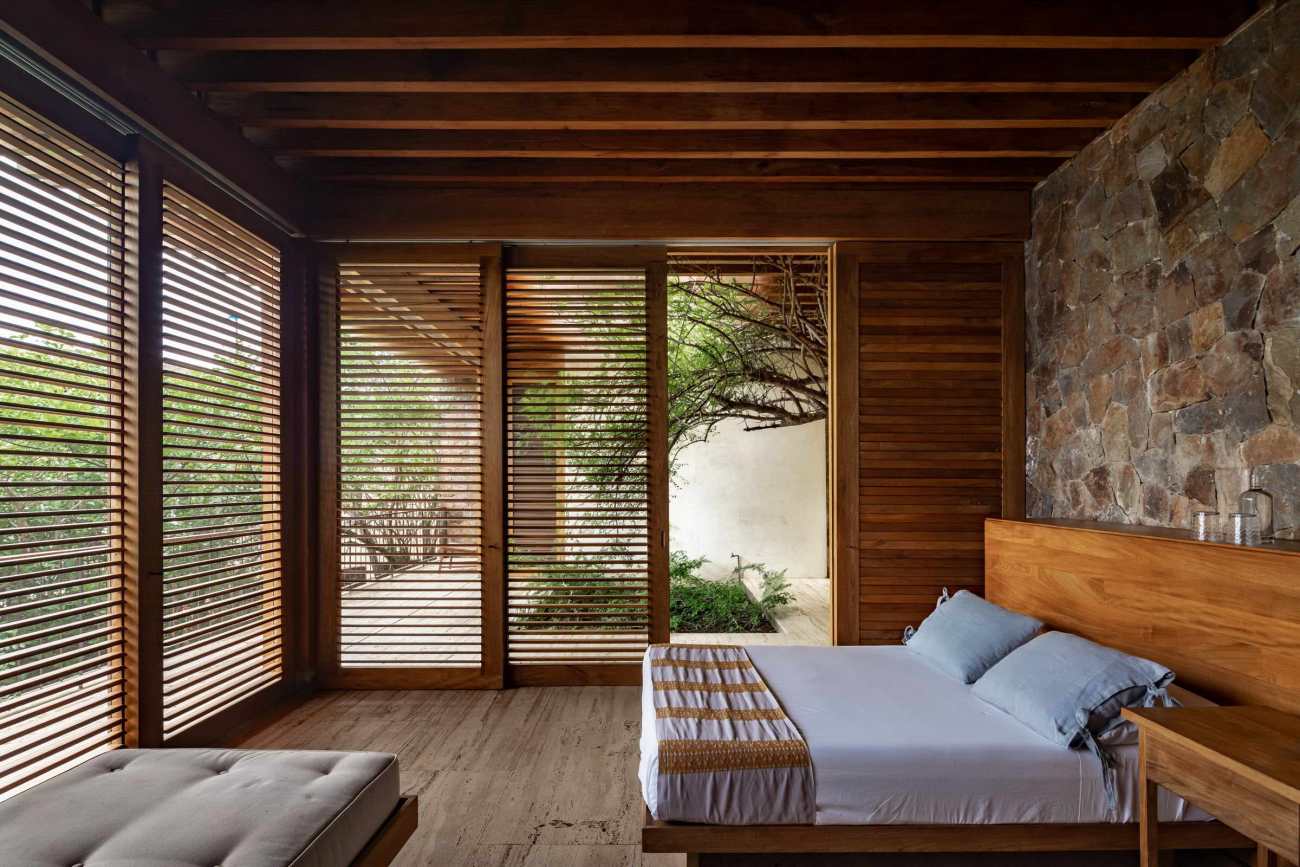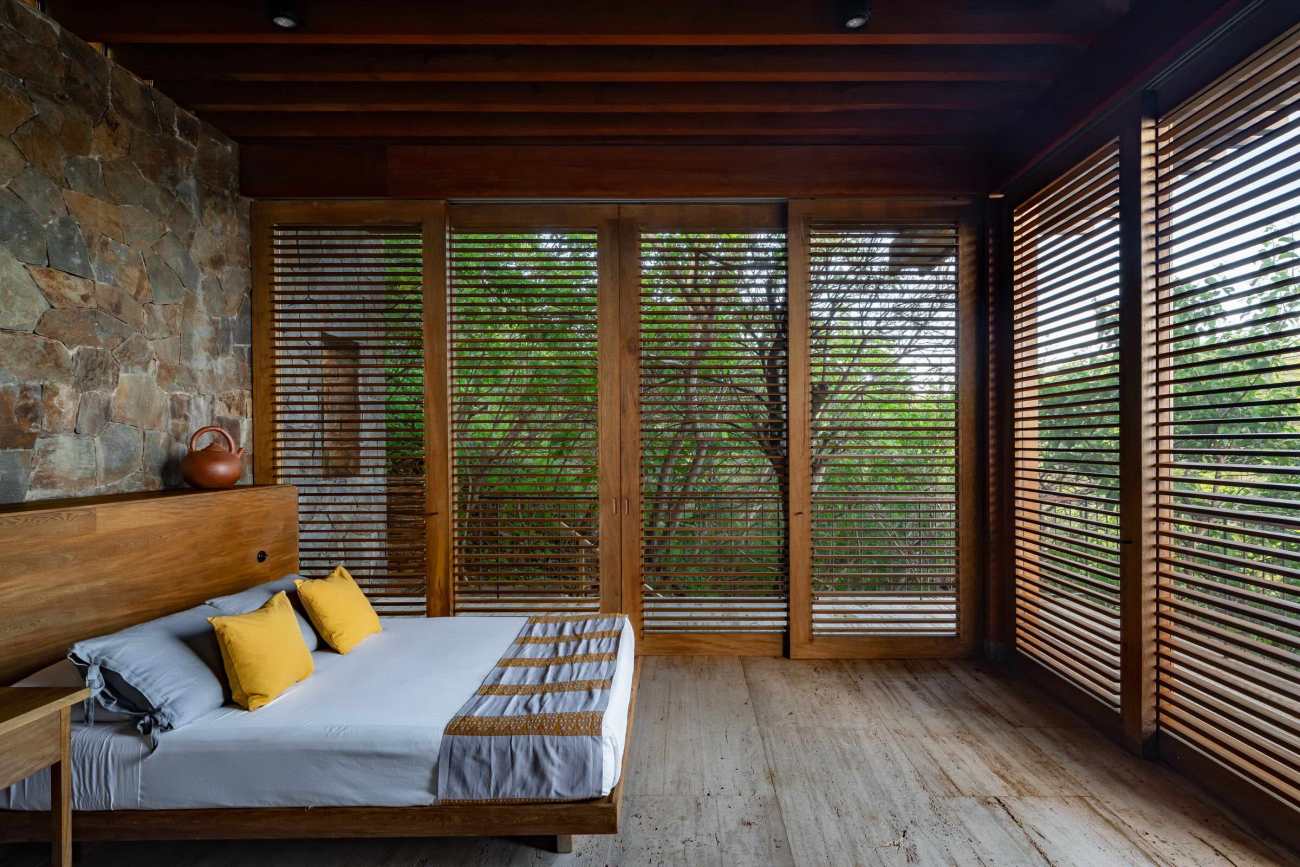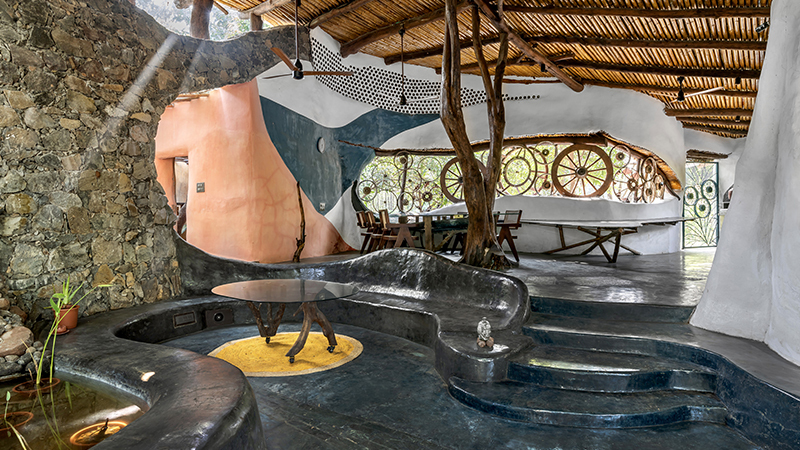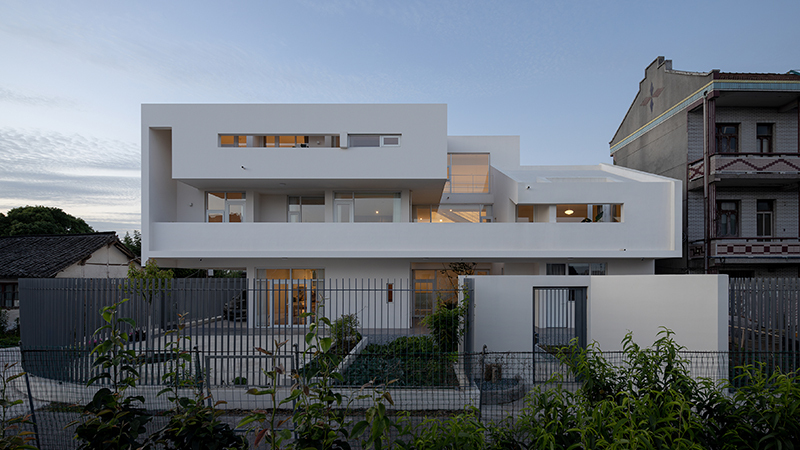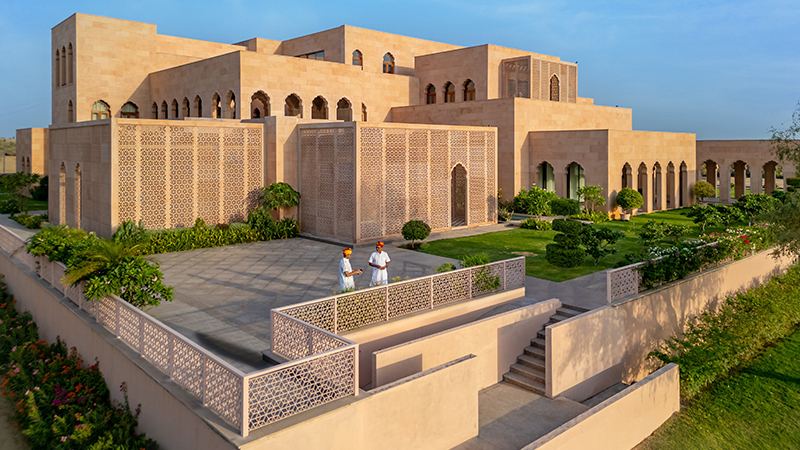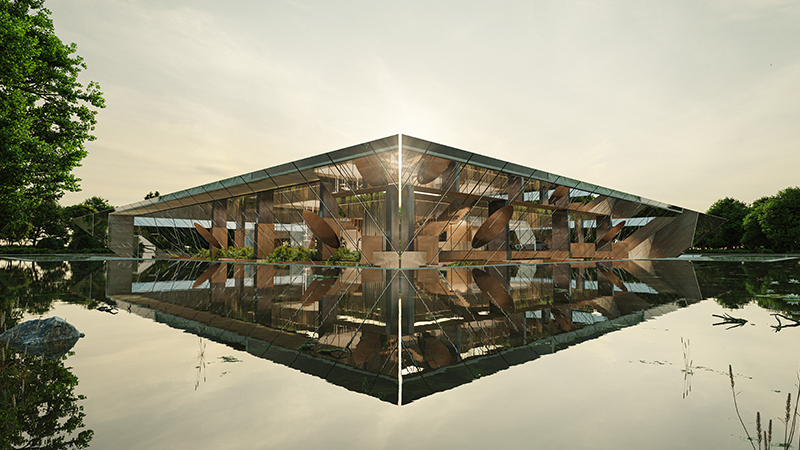| 公司: | Ignacio Urquiza Arquitectos | 类型: | 建筑 |
|---|---|---|---|
| 地区: | 墨西哥 | 标签: | 别墅私宅 |
El Torón保护区位于瓦哈卡州的海岸,在墨西哥太平洋海岸线的最南端,距离Mazunte几公里,在Mermejita和Ventanilla海滩之间。这是一个占地30公顷的保护区,其特点是混合植被和崎岖的地形,陡峭的悬崖和山顶形成了难以到达的景点和独特的自然景观。项目是第一个在这个保护区内设计的住宅,它的概念来自两个前提,使我们能够质疑和重新思考海岸上的房子的想法。第一个前提是最大限度地尊重场地,第二个前提是寻求了解和学习该地区的本土和当代建筑,这些建筑代表了多年来积累的智慧和经验,并倾向于提供无与伦比的功能。
El Torón Reserve is located on the coast of Oaxaca, at the southernmost point of the Mexican Pacific coastline and a few kilometers from Mazunte, between Mermejita and Ventanilla beaches. It is a protected 30-hectare area characterized by mixed vegetation and rugged topography, with steep cliffs and hilltops creating hard-to-reach spots and a unique natural beauty. The House in El Torón is the first to be designed within this reserve, and its conception emerged from two premises that enabled us to question and rethink the idea of a house on the coast. The first was to show maximum respect for the site, and the second was to seek to understand and learn from the vernacular and contemporary architecture of the region, which represents so many years of accumulated wisdom and experience, and tends to offer unmatched functionality.
在2020年的几个月里,我们目睹了墨西哥沿海地区实施的开发项目数量的无节制增长。对公有土地或Ejido土地的开发,并将其转化为私有财产,用于度假屋或周末屋的开发,这在未来几年内是不可能以健康和有序的方式进行的。这就是为什么建筑师和设计师与开发商有责任以一种协调的方式进行。海岸的未来取决于我们,我们必须确保景观和它的动植物被精心和负责地对待。有必要在实施建筑和城市设计的想法时考虑到再生的目标。这意味着使场地成为更好的地方,并寻求保护它们的价值:不仅要保持它们目前的状态,还要恢复它们曾经的样子,让它们处于比我们今天发现的更好的状态。
In a few months in 2020 we witnessed uncontrolled growth in the number of developments implemented along the coasts of Mexico. The exploitation of communal or ejido lands and their conversion into private property—for holiday home or weekend house developments—is not something that can be carried out in a healthy and ordered manner in the next few years. That is why it is the responsibility of architects and designers—not to mention the developers—to proceed in a coherent manner. The future of the coast depends on us, and we must ensure that the landscape and its flora and fauna are treated with care and responsibility. It is necessary to implement ideas of architecture and urban design with regenerative aims in mind. This means making sites better places and seeking to preserve their values: not only maintaining their current state but restoring them to what they once were, leaving them in a better condition than we find them today.
遗憾的是,我们正目睹着沿海城市设计的失败,它基于一种有害的划分为微型地块的模式,寻求最大的利润,但却改变了原本的景观,破坏了生态环境。大多时候,设计师与开发商没有寻求对这些区域的理解,而是采用了与城市地区相同的模式。同时,建筑项目是不合适的,草率的,与它们所处的时间和地点脱节的。有鉴于此,我们如何才能改善事情的发展方式?建筑可以做些什么来帮助改变这种动态?未来的海滨别墅项目必须体现什么价值?很明显,必须加强公共政策,以确保这些区域的适当土地使用规划。然而,在尚不存在这种规划的地方,我们认为有必要以一种与环境相一致的方式行事,同时考虑到共同利益。如果我们对这些空间进行干预,应该是以缓慢、宁静的建筑来照顾和保护我们的环境。这一次,一个将周围环境置于用户之前的建筑。
Regrettably, we are witnessing a failure of coastal urban design, based on a harmful model of division into micro-lots that seeks the greatest profit but only serves to transform the landscape, damaging the ecology. Instead of seeking to understand these zones, the same model is followed as in urban areas. Meanwhile, the architectural projects are unsuitable, hasty and disconnected from the time and place where they are built. In light of this, how can we improve the way things are done? What can architecture do to help change this dynamic? What values must future beach house projects embody? It’s clear that public policies to ensure appropriate land-use planning for these zones must be strengthened. However, where such planning does not yet exist, we believe it is necessary to act in a manner coherent with the context, while thinking about the common good. If we intervene in these spaces it should be with slow, tranquil architecture that takes care of and protects our environment. An architecture that, for once, places the surroundings before the user.
项目
对于项目,我们想象了一个轻量级的建筑,对规模、建筑与周围环境之间的物理关系以及棕榈树屋顶等一些元素的使用提出了质疑。在这种建筑中,我们想象着只住在梯田或沿海的栅栏上。一个尽可能少地"接触"场地的建筑,而在接触的地方,则是尽可能地小心和尊重的。建筑只采用当地材料。结构、门窗框采用经认证的热带木材,地基和围墙采用当地的石头以及当地的灰泥和粘土,不需要维护。结构系统结合了木材和混凝土来创建框架,每个卷中都有4.8米长的模块承载轻质板。这些石板上覆盖着石头的碎屑,赋予它们一种热质量,再加上框架设计,最大限度地减少了冷却房间所需的能量。在施工过程中没有使用大型机械,所有的材料都是使用ATV和拖车,沿着预先存在的狭窄轨道运进来的。在施工过程中,周边的景观被封锁起来,位于建筑物的80%的植被被重新种植在附近的环境中。
The Project
For the House in El Torón we imagined a lightweight architecture that questions the scale, the physical relationship between the building and its surroundings, and the use of a number of elements such as palm roofs. An architecture where we imagined living only on terraces or on a coastal palisade. An architecture that “touched” the site as little as possible and, where it did, that was as careful and respectful as it could be. The construction employed only local materials; certified tropical wood for the structure, door and window frames, local stone—mostly from the excavation itself—for the foundations and containment walls, and stucco and clay from the local area that require little maintenance. The structural system combined timber and concrete to create frames with 4.8-meter modules bearing lightweight slabs in each of the volumes. These are covered with the chippings from the stonework, endowing them with a thermal quality that, together with the frame design, minimizes the energy required to cool the rooms. No large machinery was used in the construction process, with all the materials being brought in using an ATV and a trailer, following narrow pre-existing tracks. The perimeter landscape was cordoned off during the works and 80% of the vegetation that was located under the footprint of the buildings was replanted in the immediate surroundings.
该项目方案分为三个主要体量,分别设计并相互独立。第一个体量包含上层的公共区域,下层是主卧室和一个工作室。第二个是客房,而第三个是一个两层的小体量,下层是两间卧室,上层是公共区域。在场地上布置好后,这些模块被广场、人行道和开放的路径连接起来,以实现空间的流畅流通。整个建筑群的计划是这个过程的结果,也是最后完成的项目图纸。
The project program is divided into three principal modules, designed separately and independent from each other. The first contains the common areas on the upper floor, and the master bedroom and a studio on the lower floor. The second houses the guest bedrooms, while the third module is a small two-floor volume with two bedrooms on the lower floor and common areas on the upper floor. After being laid out on the site, these modules were connected by plazas, walkways and open paths to enable fluid circulation around the compound. The plan of the whole complex was the result of this process, and was the final project drawing completed.
这样划分方案使我们能够在场地上更自由地定位不同的体量,而用独立的体量工作意味着我们可以控制房屋的规模,保留现有的植被,为每个空间提供必要的隐私和独特的视点。其结果是一系列有节奏的空间:内部、外部和有屋顶的室外空间,与景观融为一体,使建筑在一个连续的未被改变的空间全景中消失在自然和人工的暧昧关系中。
Dividing the program this way enabled us to position the different volumes on the site more freely, while working with independent volumes meant we could control the scale of the house, leaving the existing vegetation intact and providing each space with the necessary privacy and unique viewpoints. The result is a series of intermittent spaces: interiors, exteriors and roofed outdoor spaces that merge with the landscape and enable the architecture to disappear in an ambiguous relationship of natural and artificial within a continuous panorama of unaltered spaces.
 | 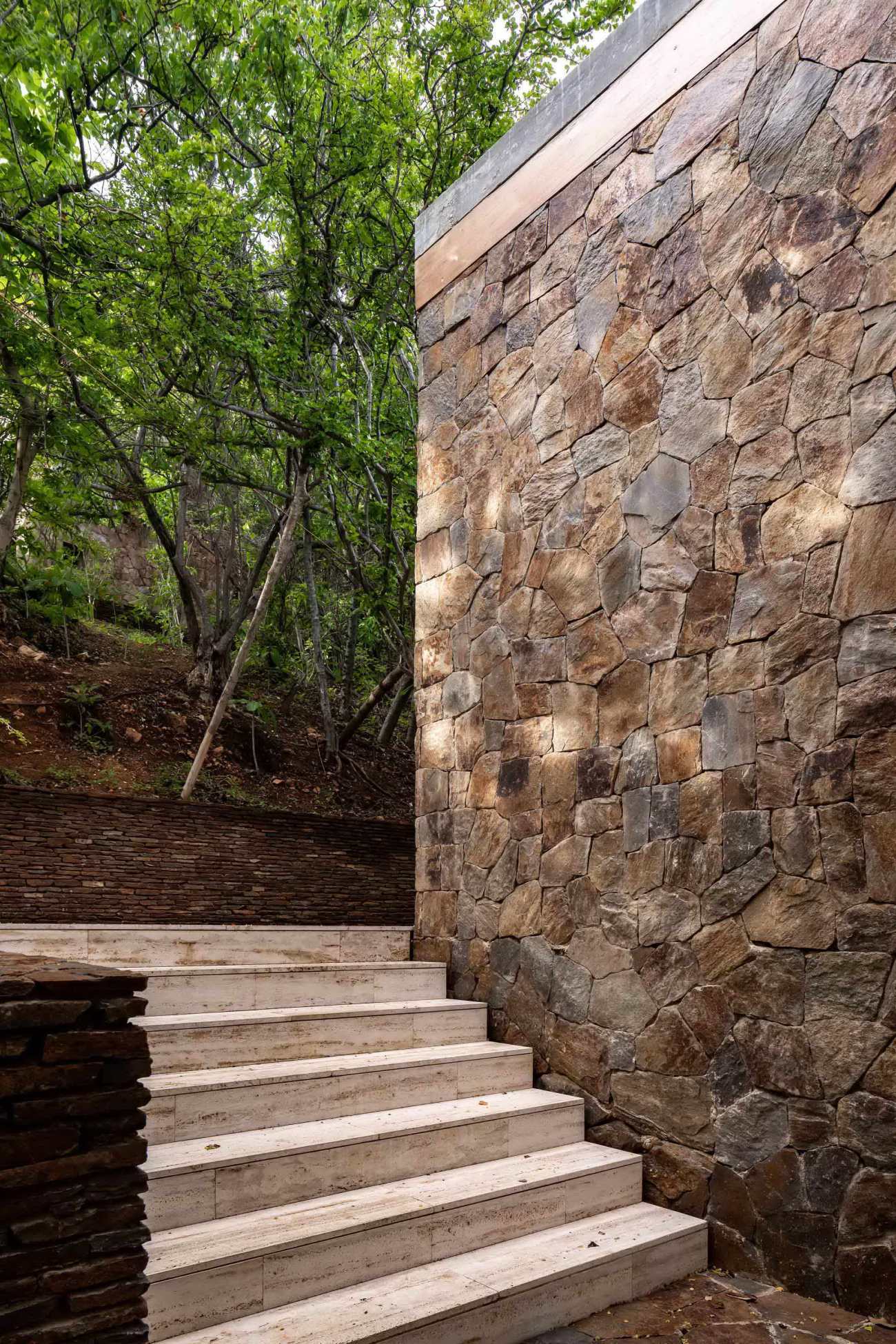 |  |
 | 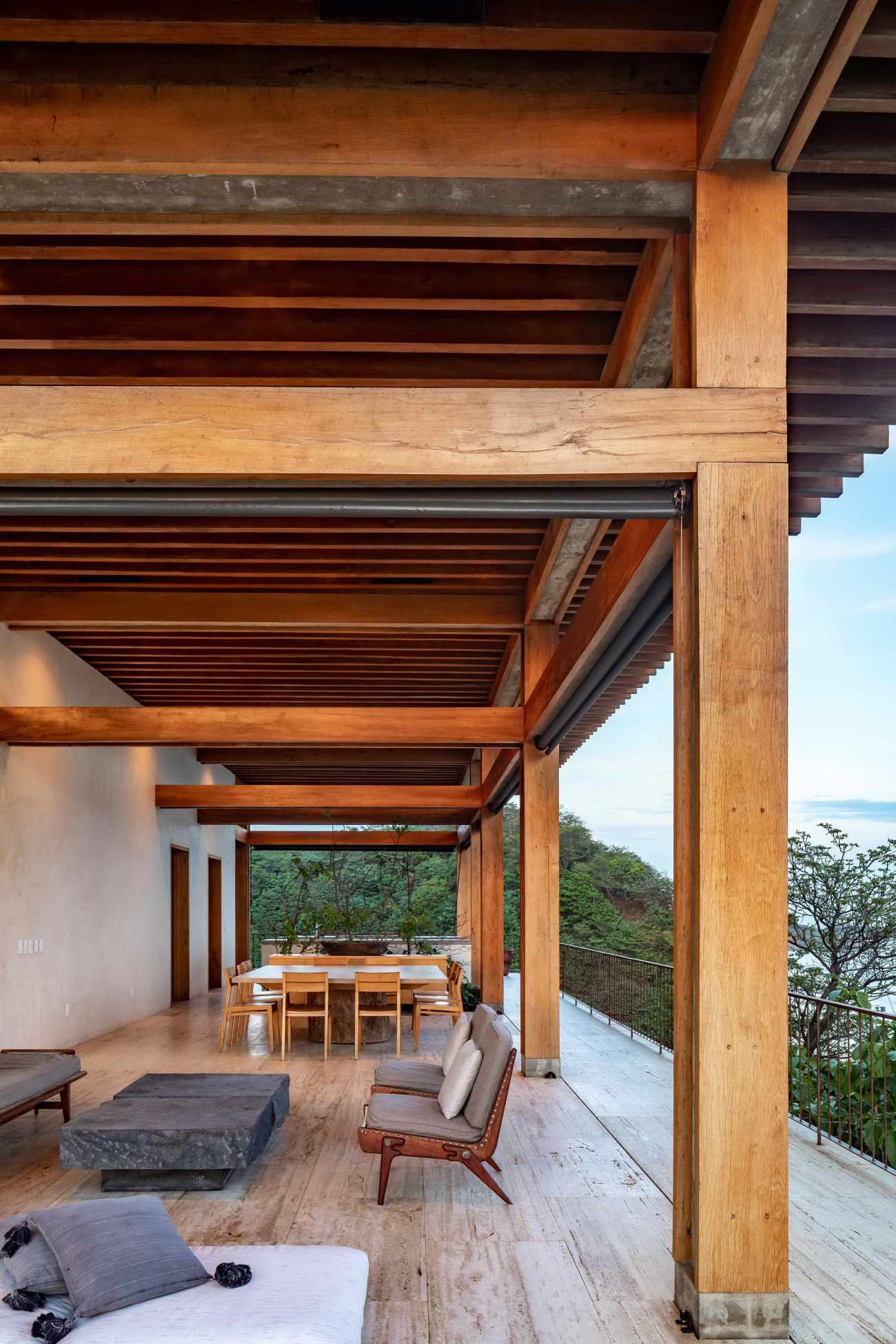 | 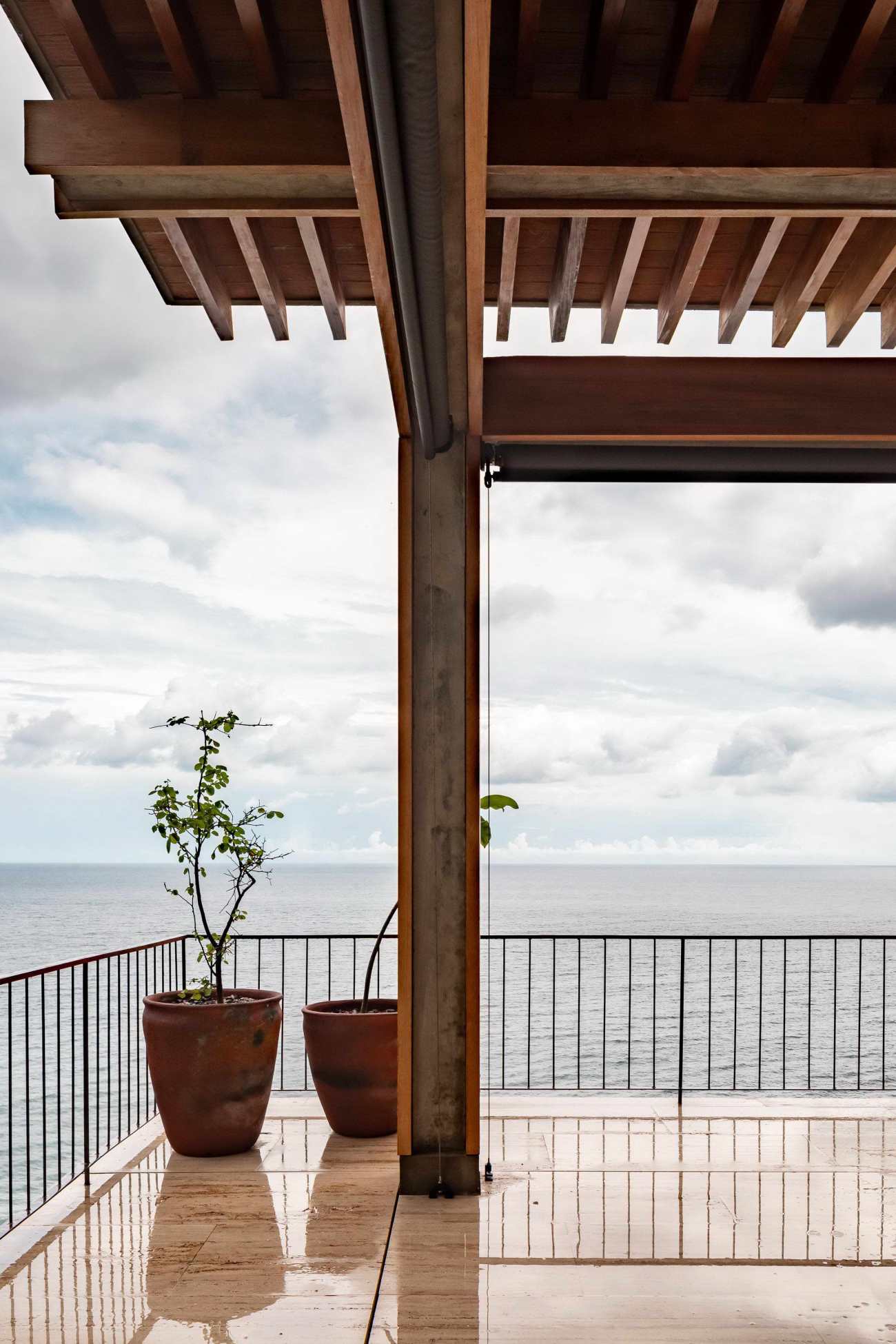 |
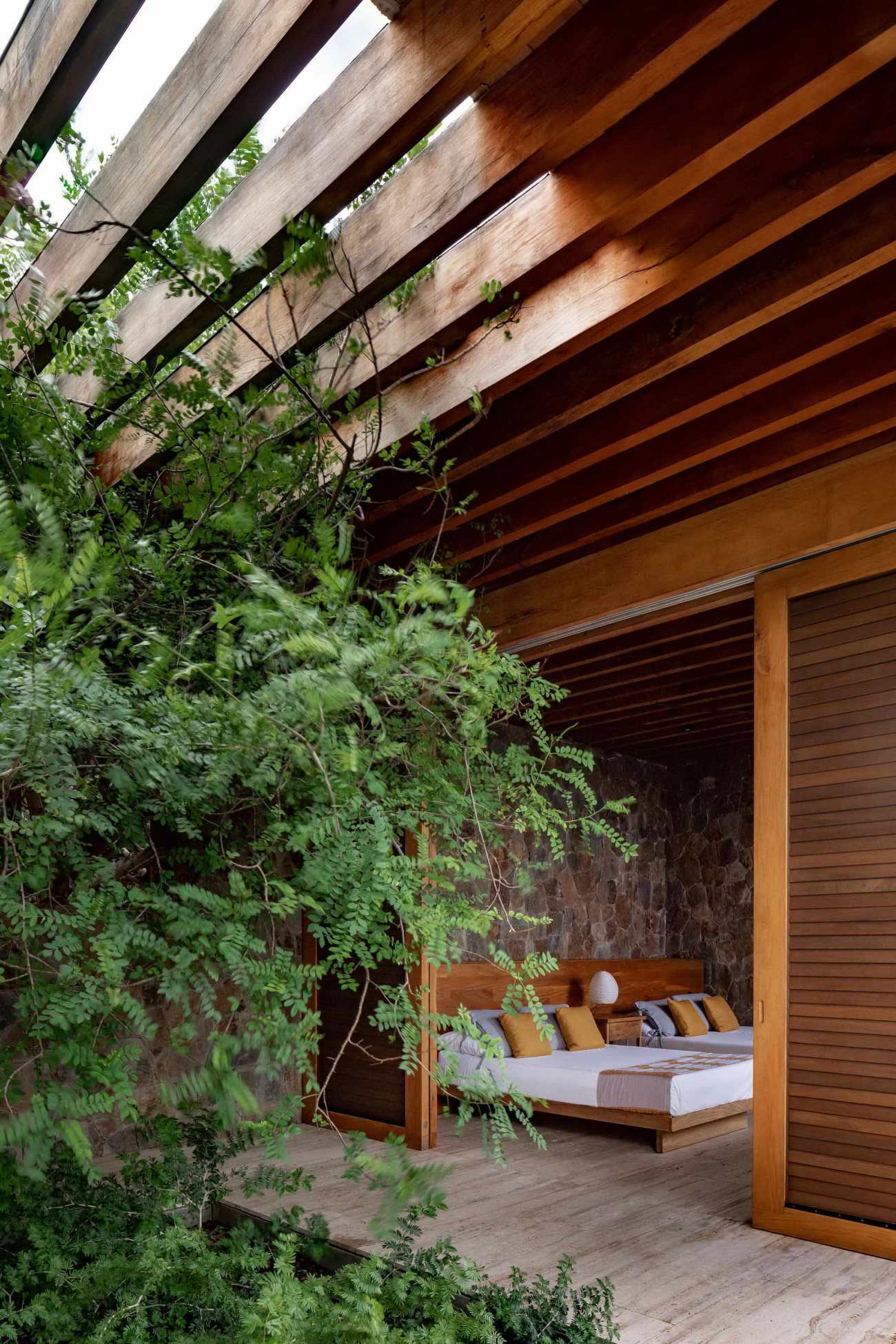 | 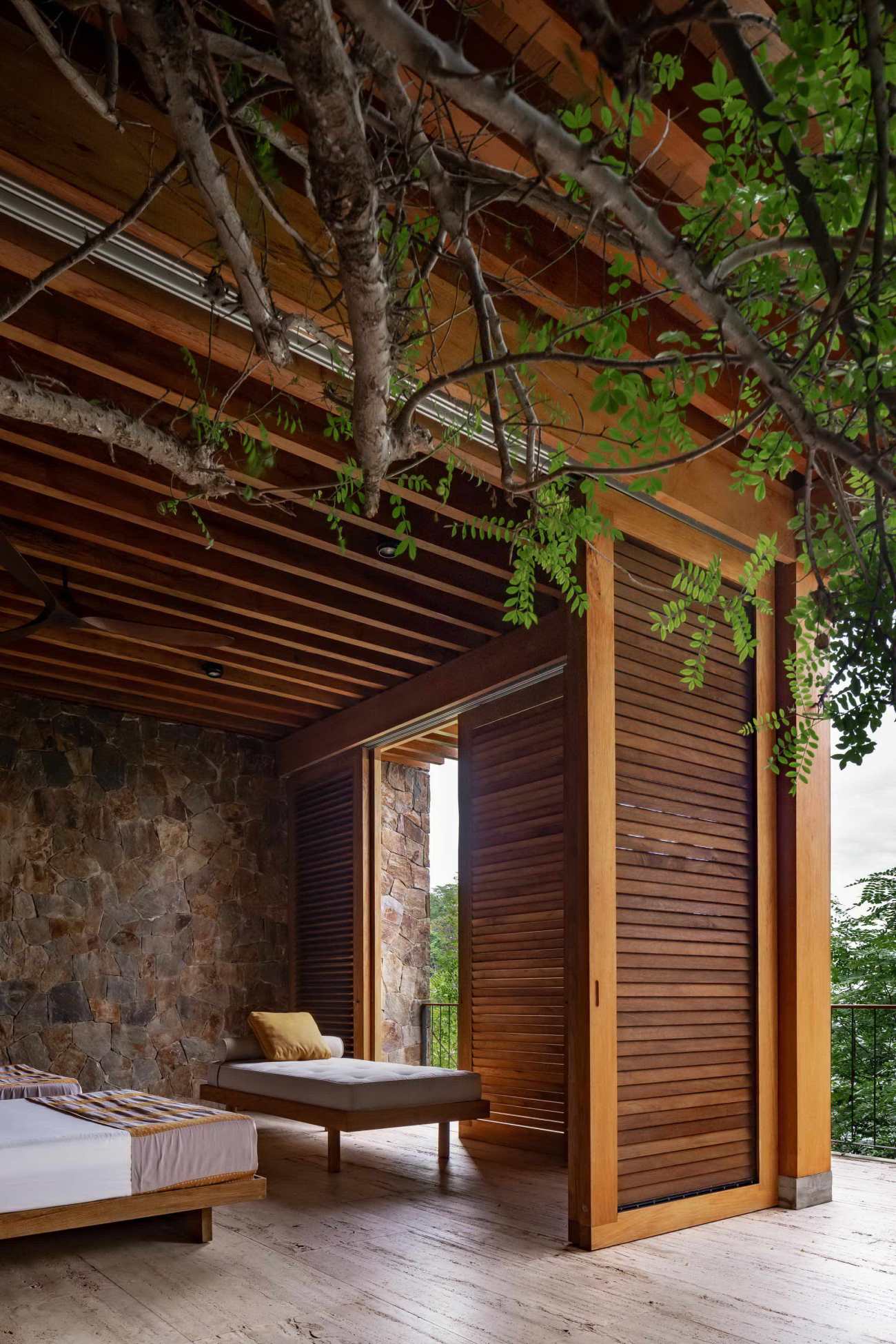 |  |
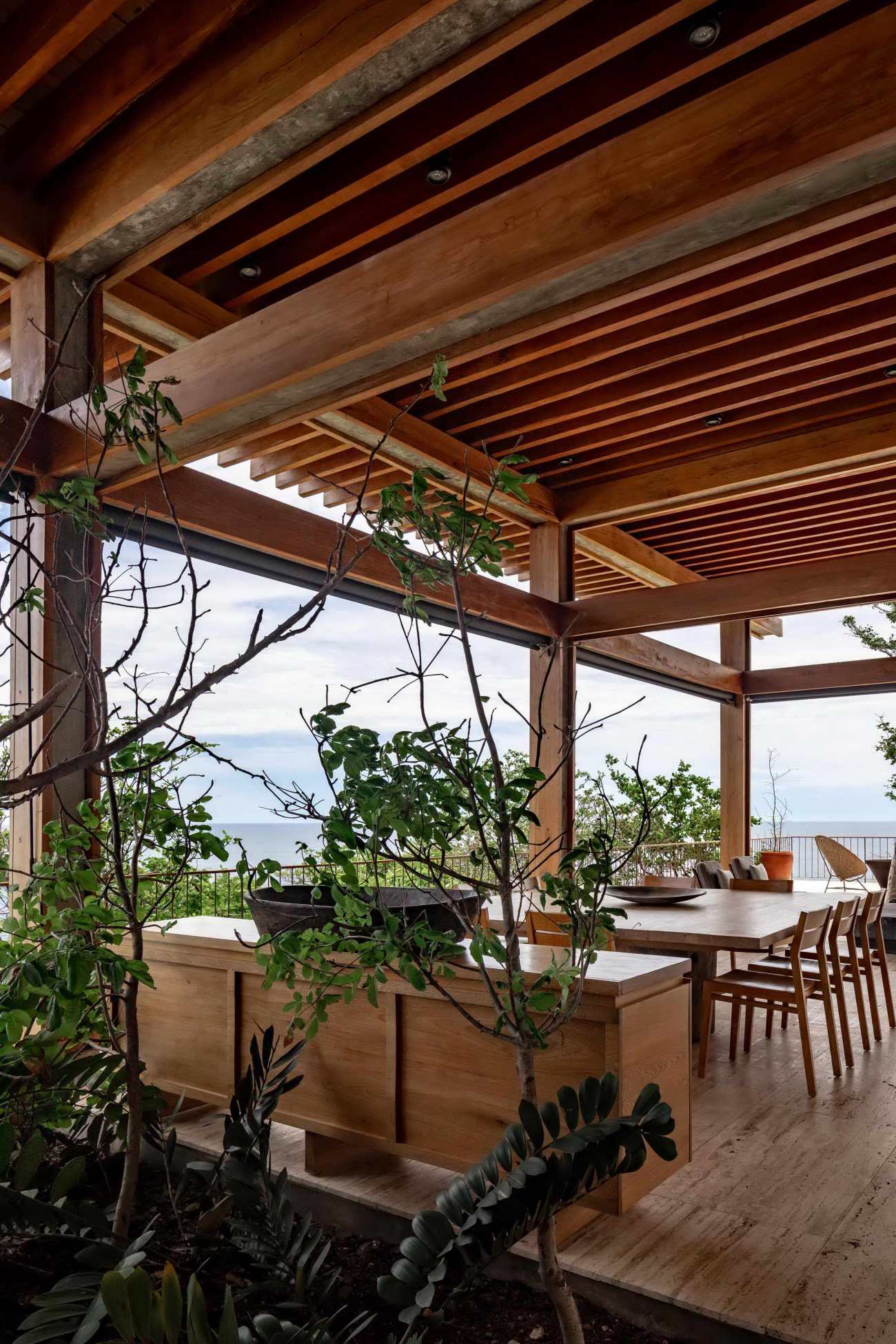 | 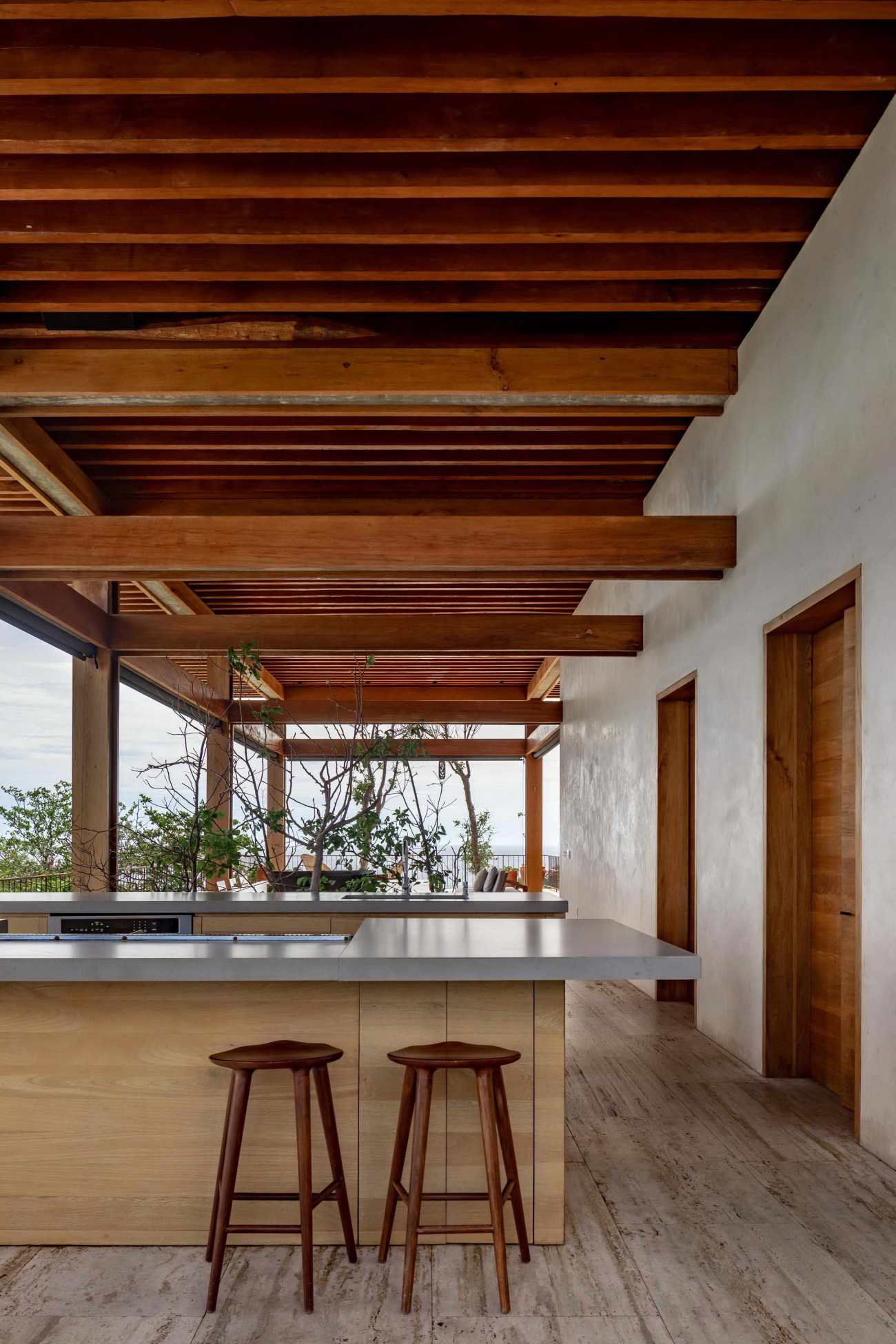 |  |
Project name: Casa en El Torón
Architecture Office: IUA Ignacio Urquiza Arquitectos
Web page: www.ignaciourquiza.mx
Location: Mazunte, Oaxaca, México
Use: Habitacional House
Area: 850 m2 (Construidos) 850 sqm (Built)
StatusL Construido Built
End of construction: Junio, 2020 June, 2020
Architect: Ignacio Urquiza Seoane
Design team: Michela Lostia di Santa Sofía, Anaís Casas, Paulina Buenrostro, María del Mar Carballo
Structure: Arq. Ricardo Camacho
Engineerings: Bio-e, Alejandro Lirusso
Interior design: APDA (Ana Paula De Alba) Ana Paula De Alba, Sacha Bourgarel
Development: Alonso García Cano y Santiago Gaxiola
Photographer: Onnis Luque
更新日期:2021-05-11 14:08:48
非常感谢 Ignacio Urquiza Arquitectos 带来的精彩项目, 查阅更多Appreciations towards Ignacio Urquiza Arquitectos for sharing wonderful work on hhlloo. Click to see more works!
